In June 2025, Google’s latest HTTP Archive Core Web Vitals Technology Report delivered a powerful message to the digital world: TYPO3 is the fastest CMS, outperforming all major content management systems on both desktop and mobile.
According to the report:
- TYPO3 leads with 70.17% of websites passing all Core Web Vitals on mobile
- Drupal follows at 62.94%
This milestone proves TYPO3 is not only a technically advanced CMS, but it’s also a top performer in speed, usability, and reliability.
But TYPO3’s strengths don’t stop at speed. In WebAIM’s 2025 Accessibility Report, TYPO3 emerged as the leading open-source CMS for accessibility and barrier-free websites for TYPO3 compliance. It consistently ranks as the most trusted, developer-friendly, and future-ready CMS.
Read Report - WebAIM’s TYPO3 Accessibility Report – TYPO3 Stands Out from the Crowd
In this blog, we will explore how “TYPO3 Tops Google’s Core Web Vitals: The Fastest CMS in 2025,” including complete graphics and data insights.
Why Speed Crucial for TYPO3 Websites in 2025?
In today’s digital economy, speed is a business advantage. Here’s why it matters:
1. Better Google Rankings (SEO)
Google now prioritizes Core Web Vitals in its algorithm, directly influencing your TYPO3 site's visibility. A high-speed TYPO3 site means higher rankings.
2. Lower Bounce Rates
Users expect content to load instantly. Every 1-second delay can reduce conversions by up to 20%. TYPO3’s performance-first framework helps retain visitors.
3. Improved Mobile UX
With mobile traffic dominating, TYPO3’s excellent mobile Core Web Vitals score (68.6%) ensures smooth interaction across all devices.
4. Reduced Hosting & Infrastructure Costs
Optimized TYPO3 websites consume fewer server resources. Faster rendering = lower bandwidth usage, fewer CPU spikes, and cheaper hosting bills.
5. Increased Conversions & Revenue
Faster load times lead to more engagement, better form completion rates, and increased sales. Real-world TYPO3 case studies show up to a 22% boost in conversions after speed optimization.
Core Web Vitals (CWV) — INP, LCP, and CLS — are Google’s yard‑stick for real‑world user experience. Sites that clear the CWV threshold:
- Rank higher in organic search
- Convert and retain users better (speed = trust)
- Spend less on hosting and page‑weight‑related bandwidth
In March 2024, Google replaced FID with Interaction to Next Paint (INP), raising the performance bar further. The June 2025 dataset is the first full reporting period with INP in production search signals.
TYPO3 Tops Every Major CMS
| CMS (desktop, June 2025) | % origins with good INP | % origins passing all CWV |
| TYPO3 CMS | 99.63 % | 70.17 % |
| Drupal | 99.09 % | 62.76 % |
| Joomla | 99.50 % | 55.64 % |
| HubSpot | 97.02 % | 55.28 % |
| WordPress | 98.93 % | 48.89 % |
| Contentful | 91.79 % | 49.11 % |
| Sitecore | 96.62 % | 44.54 % |
| Adobe Experience Manager | 95.54 % | 42.16 % |
Source: HTTP Archive, Core Web Vitals Technology Report — desktop client, June 2025
Mobile tells the same story
| Client | % origins passing all CWV |
| TYPO3 (mobile) | 75.59 % |
| WordPress (mobile) | 49 % |
| Drupal (mobile | 63 % |
Lighthouse Score
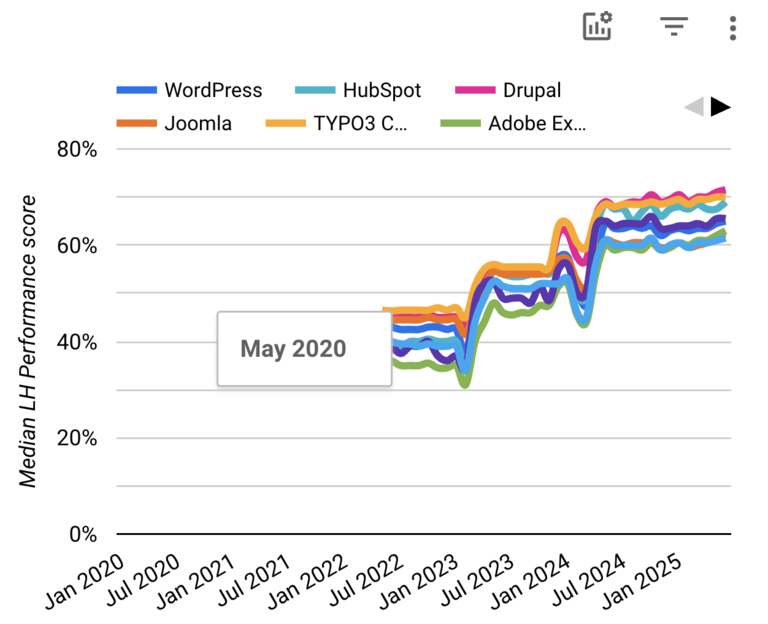
Configuring TYPO3 well once gives you performance that travels with your content to every device.
What Makes TYPO3 So Fast?
3.1 A Performance‑First Community
TYPO3 isn’t just a core code‑base — it’s a culture. Agencies, integrators, and the broader community treat performance as a non‑negotiable pillar:
- Code reviews with performance budgets baked into continuous‑integration pipelines.
- Extension repository quality gates reject heavy or blocking assets.
- Community knowledge‑sharing at TYPO3 camps and code sprints focuses on real‑world CWV wins.
- Agency best‑practice docs (HTTP/3, server‑side rendering, smart caching) are openly shared and refined.
“If it’s not fast, it’s not finished.” — Common mantra at TYPO3 Agency meet‑ups.
3.2 Lean Technical Architecture
- Server‑side rendering with granular caches (PSR‑7 middleware) keeps Time‑to‑First‑Byte low.
- Automatic image optimisation (src‑set, WebP/AVIF, responsive sizes) ships in core.
- Minimal JavaScript footprint — median JS transfer is ≈ 300 KB vs WordPress’s 600 KB.
- Symfony framework under‑the‑hood brings modern, type‑safe PHP and performance tooling.
3.3 Rapid, Stable Release Cycle
Long‑Term‑Support (LTS) releases every 18 months give enterprises the stability they need, while minor versions deliver continuous performance gains.
Real‑World Impact for Site Owners
| KPI | Improvement when moving from 49 % → 70 % CWV pass‑rate* |
| Google Search visibility | ↑ 15‑25 % impressions |
| Conversion rate | ↑ 7‑14 % for each 1 s faster load |
| Bounce rate | ↓ 20‑35 % |
| Hosting costs | ↓ 10‑30 % bandwidth |
*Based on CrUX field data and multiple e‑commerce case studies
Follow these ten field‑tested tactics (drawn from T3Planet’s “45+ Ways to Speed Up TYPO3” guide) to turn TYPO3’s architectural advantage into real‑world lightning speed:
- Switch on TYPO3’s built‑in page cache (config.no_cache = 0) and keep _INT objects to an absolute minimum.
- Serve pre‑rendered HTML with StaticFileCache or Varnish to reduce server work by orders of magnitude.
- Minify, concatenate & compress CSS/JS via TypoScript (compressCss/Js, concatenateCss/Js) or EXT:scriptmerger.
- Move and defer JavaScript to the footer (config.moveJsFromHeaderToFooter = 1) or load scripts with async/defer.
- Optimise images automatically – enable responsive cropping, lazy‑loading (EXT:ns_lazy_load) and WebP conversion (EXT:webp).
- Stay current: latest TYPO3 LTS + PHP 8.x with OPcache and generous memory_limit + max_execution_time as recommended.
- Use smart cache‑management extensions such as EXT:ns_cacheopt and monitor health via TYPO3 Status Report.
- Enable Gzip/Brotli & send proper cache headers (compressionLevel 9, sendCacheHeaders = 1) to shrink payloads and boost reuse.
- Put assets behind a modern CDN over HTTP/3/TLS 1.3 for global latency cuts and built‑in edge caching.
- Measure relentlessly with Google PageSpeed Insights extension, GT‑Metrix, or WebPageTest and iterate in CI.
Implementing even half of these will usually push a fresh TYPO3 install into the green zone on Core Web Vitals.
Tools to Test Your TYPO3 Core Web Vitals
Google PageSpeed Insights – A fast and free tool to check your TYPO3 site’s performance. It shows both real user data and simulated test results, with clear scores for LCP, INP, and CLS—plus tips to improve them.
Google Search Console is Best for ongoing tracking of Core Web Vitals. It helps TYPO3 site owners identify slow pages, track performance trends, and improve SEO based on actual user data.
Web Vitals Extension - A handy Chrome extension that displays live Core Web Vitals metrics as you browse. Ideal for developers who want instant feedback while working on TYPO3 sites.
TYPO3 Speed Tips: What to Do When Core Web Vitals Won’t Improve
Is your TYPO3 website still showing poor Core Web Vitals scores even after some tweaks? That’s okay. Here are some practical ways to fix that and make your site faster and more user-friendly.
1. Use Better Hosting for Faster Load Times
If your website takes too long to respond, it could be your hosting provider. Shared hosting often leads to slow speeds, especially when traffic increases.
What to do:
Switch to a TYPO3 optimized hosting plan or a dedicated server. This gives your site more power, better speed, and a stronger chance of improving your LCP (Largest Contentful Paint) score.
2. Optimize Images the Smart Way
Big, uncompressed images are one of the top reasons TYPO3 sites load slowly. They also impact LCP and INP (which replaced FID in 2025).
What to do:
- Use smaller file sizes and modern image formats like WebP
- Turn on lazy loading for images that appear further down the page
- Make sure your images are responsive (adjust to screen size)
Even these small steps can help boost your PageSpeed scores.
3. Only Keep TYPO3 Extensions You Truly Need
It’s common to add lots of TYPO3 Extensions—but too many can slow your site down, especially if they load extra JavaScript and CSS files.
What to do:
- Review your extensions and remove the ones you don’t use anymore
- Pick lightweight and well-coded extensions
- Avoid using multiple extensions that do the same job
Keeping your TYPO3 site lean means faster load times and better CLS and INP scores.
4. Minimize JavaScript and CSS Files
Large JavaScript and CSS files can delay page rendering and harm your INP (Interaction to Next Paint) and LCP scores.
What to do:
- Combine and minify JS/CSS files in TYPO3 settings
- Use TYPO3’s built-in compressJs and compressCss options
- Load non-essential scripts after the main content (defer or async)
5. Reduce Third-Party Scripts
External services like chat widgets, social media plugins, or tracking codes can slow your site.
What to do:
- Remove unnecessary third-party scripts
- Load them after user interaction (lazy load)
- Use a tag manager to control when and how scripts run
Conclusion
If you’ve made it this far, one thing is clear: speed matters—for your users, your SEO, and your overall success online. And in 2025, TYPO3 is leading the way.If you’re running a website and want it to load faster, rank better, and convert more visitors—TYPO3 is built for you.
At T3Planet, the leading TYPO3 Shop, we offer expert TYPO3 Speed and Performance Services to help your website run faster, smoother, and more efficiently. From start to finish, our team provides professional guidance at every step — so your website stays optimized, secure, and in safe hands.
Want to see the difference? Book your free demo for “TYPO3 Performance Service" today and let’s get started on building a faster TYPO3 website together.
FAQ
The three Core Web Vitals—LCP (Largest Contentful Paint), INP (Interaction to Next Paint), and CLS (Cumulative Layout Shift)—directly impact TYPO3 SEO rankings by measuring loading speed, interactivity, and visual stability.
You can check Core Web Vitals using tools like Google PageSpeed Insights, Google Search Console, or the Web Vitals Chrome Extension, which show real-world performance scores and improvement tips.
To speed up TYPO3, enable page caching, optimize images, reduce unused extensions, compress CSS/JS, defer JavaScript, and use TYPO3-optimized hosting.
Yes, TYPO3 supports modern image optimization features like WebP, responsive images, and lazy loading through built-in settings and popular extensions like EXT:ns_lazyload.
Post a Comment
-
I’ve always been confused about Core Web Vitals and how TYPO3 handles them. This post explained it in simple words, especially the part about image handling and server-side rendering. After tweaking a few settings, I did notice our pages loading quicker. Pretty cool!

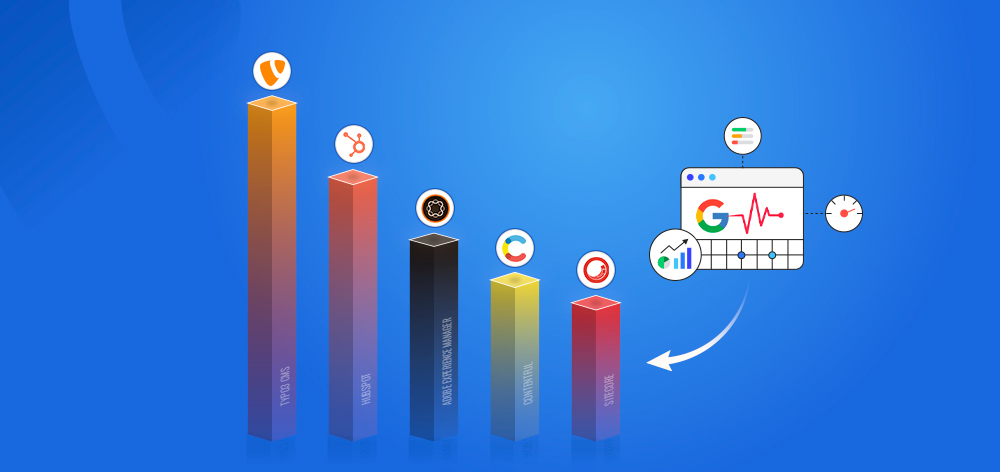
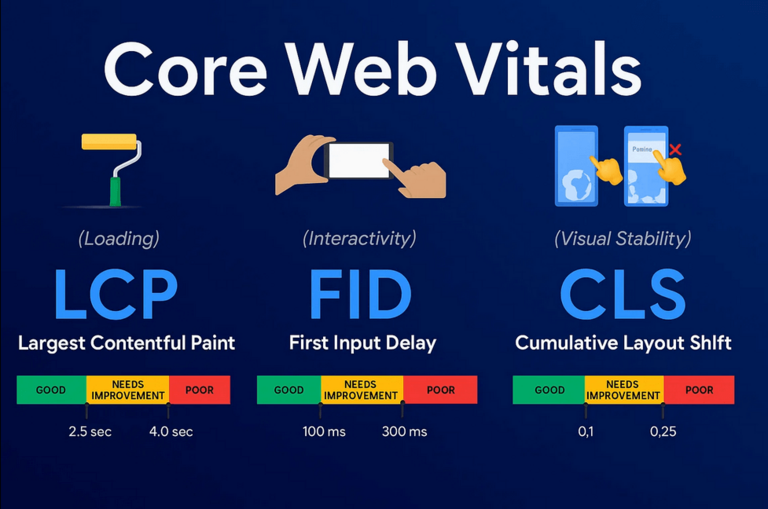
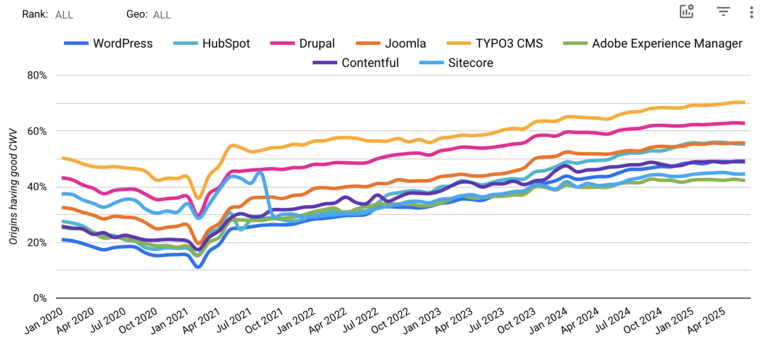
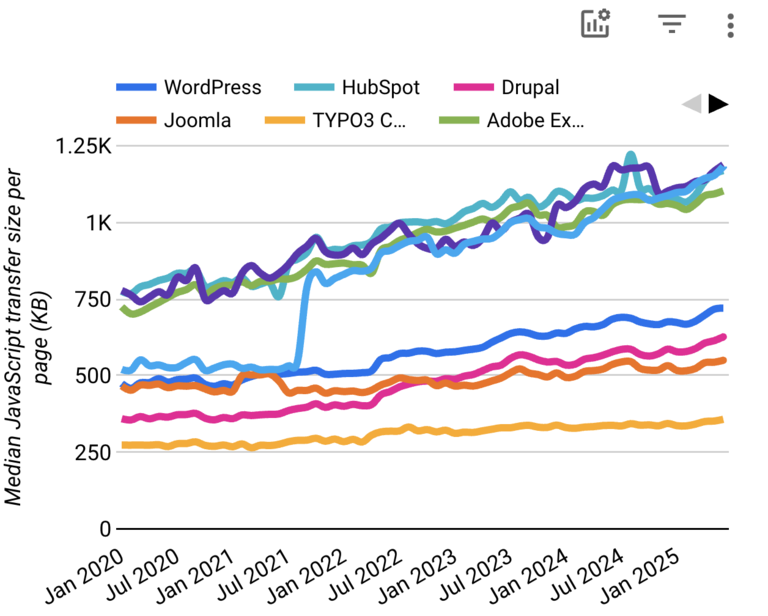
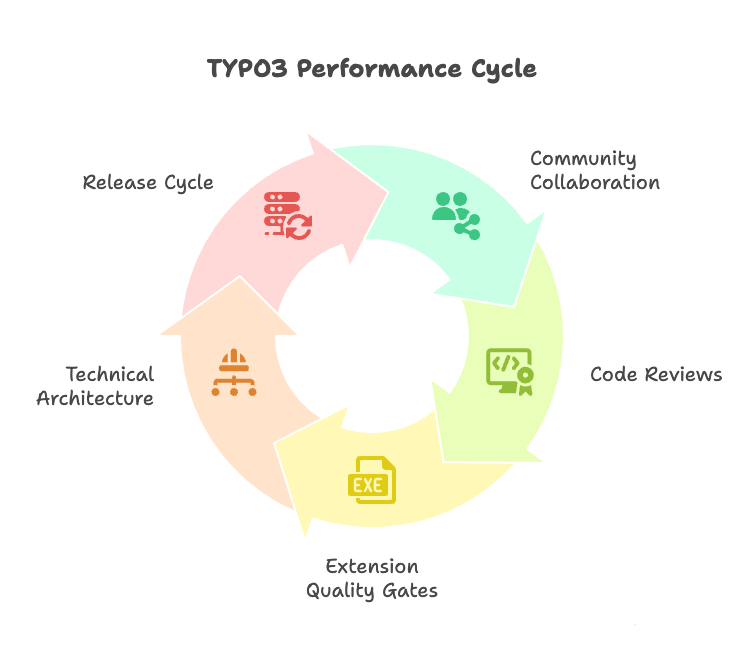
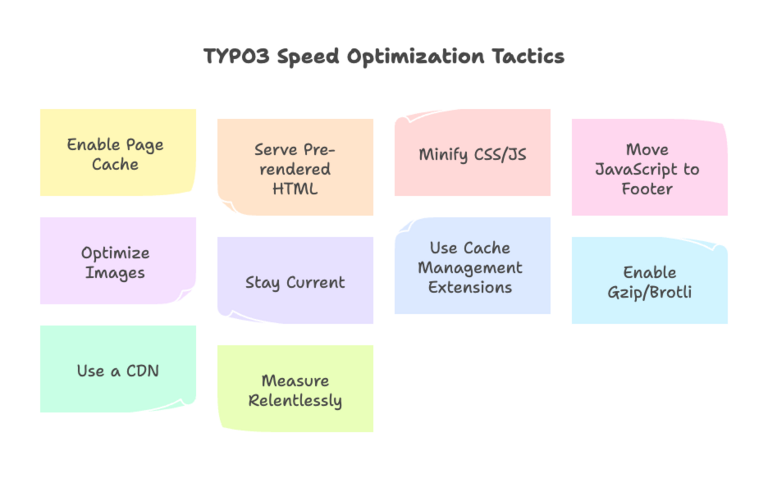
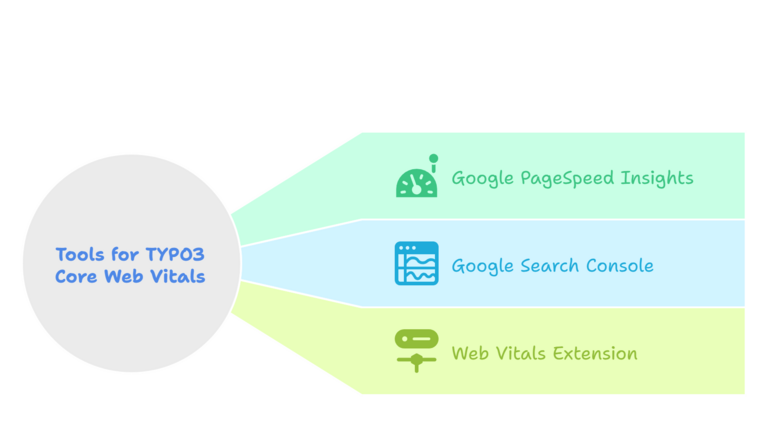
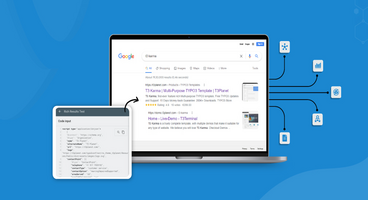

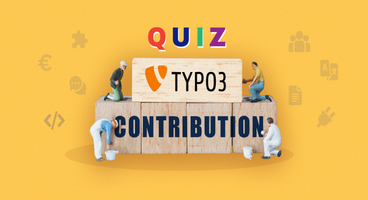
Anna Scholz
Extension Support SpecialistAnna knows TYPO3 extensions inside out. With hands-on experience supporting both core and custom solutions, she delivers answers that are not only correct but smart. Her priority: help users get the full power of TYPO3…
More From Author